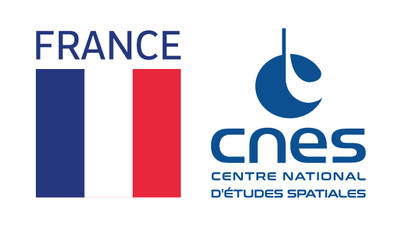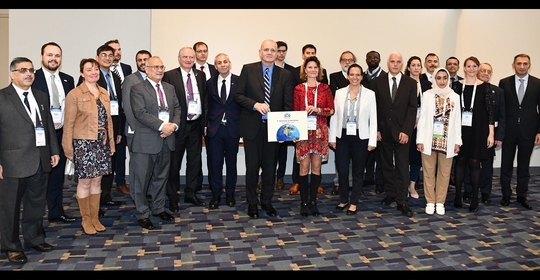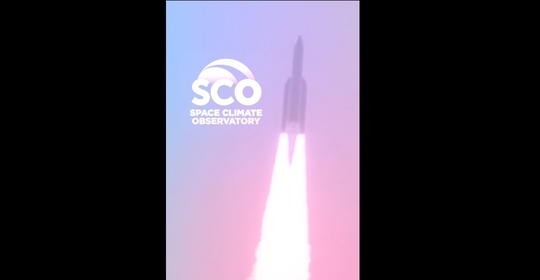
The French space agency CNES designs, develops and operates tomorrow’s space systems—satellites, launch vehicles—to benefit citizens. At the crossroads of research and industry, our technical skills, capacity for innovation and numerous cooperative projects make us a key player in the international arena. Through our centres of excellence in Paris, Toulouse and French Guiana, we are helping to extend the influence of French space policy.
Since 2005, CNES has worked closely with the Israel Space Agency (ISA). This strong partnership made it possible to develop the first ISA/CNES joint mission: the VENµS satellite.
VENµS stands for “Vegetation and Environment monitoring on a New micro Satellite”, and is enabling the international scientific community to advance our understanding of climate change and its impacts.
VENµS
Launched in August 2017, this mission is performing two innovative missions focused on science and technology, in three main phases:
- From August 2017 to 31 October 2020, the ‘science mission’ acquired 5-metre-resolution images over about 150 worldwide sites of scientific interest.
- From November 2020 to October 2021, the ‘technology mission’ aims to qualify an Israeli electric propulsion technology (IHET) and demonstrate its mission enhancement capabilities.
From November 2021 and for at least one year, the satellite will acquire images for the scientific community every day from an altitude of 560 km. This phase is to be confirmed.
Following the success of VENµS, France and Israel expressed in 2016 the strong desire to continue their collaboration, and entrusted their respective space agencies (CNES and ISA) with defining and studying a new space programme in the field of climate science. After several exchanges between the French and Israeli scientific communities, CNES and ISA jointly proposed the C3IEL mission project in 2019.
Picture: Artist’s view of VENµS © IDE/SALARIAN Robin, 2015
C3IEL
C3IEL stands for “Cluster for Cloud evolution, ClImate, and Lightning”, and will make unprecedented stereo-measurements of clouds in 3D at decametric resolution, as well as their temporal evolution, the surrounding water vapour field and related electrical activity. The C3IEL system will fly a train of 2 or 3 nanosatellites. Each satellite carries the same suite of miniaturized instruments (visible and water vapour cameras, lightning imager and photometer).
The science team includes researchers from French and Israeli laboratories and universities (Laboratoire d’Optique Atmosphérique, Centre National de Recherches Météorologiques, Laboratoire d’Aérologie, the Hebraic University of Jerusalem, the Tel Aviv University, the Interdisciplinary Center of Herzliya).
SCO
CNES and ISA are both signatories to the Space Climate Observatory (SCO), created in 2019. The SCO addresses the need for closer international coordination to precisely monitor the consequences of climate change.
Since 26 of the 50 variables to monitor climate change are derived from satellite observations, it has brought together the expertise of the world’s 27 space and UN agencies to deliver operational tools to adapt to climate change at the local level.
While the SCO’s signatory nations account for nearly half of all global greenhouse gas emissions, their number is also set to grow with new partners from all regions of the world. The SCO is now moving forward with deploying its regional offshoots so that vulnerable nations without their own space agency can join the consortium, and to put it on an institutional footing through an International Charter.
The SCO is an initiative on a scale never seen before to mobilize international space expertise in support of vulnerable territories.
Pictures: Official launch of SCO – French President Emmanuel Macron and CNES President Jean-Yves Le Gall © CNES/PEUS Christophe, 2019 / Signature by Avi Blasberger, Director of ISA © CNES/PEUS Christophe, 2019






